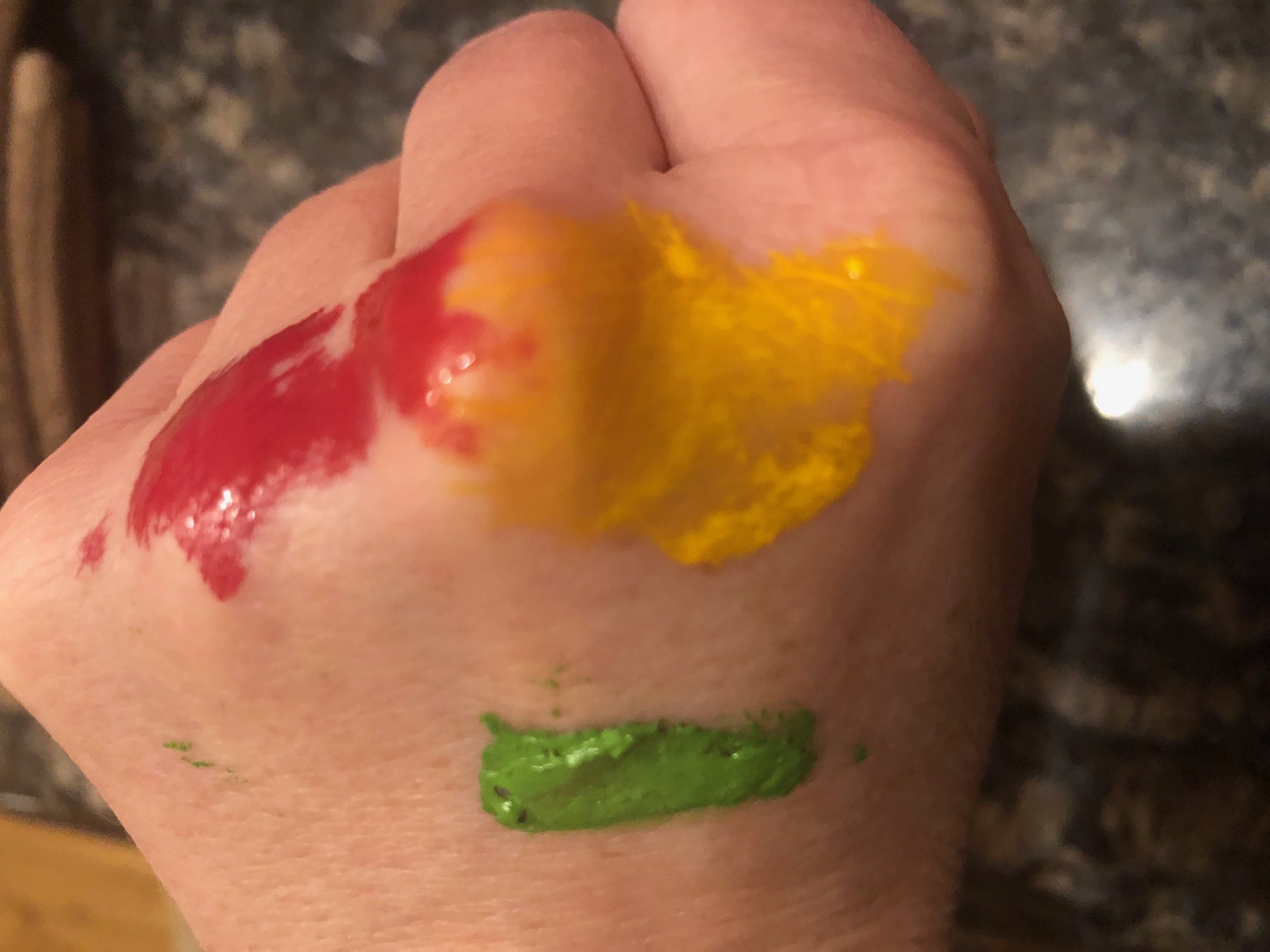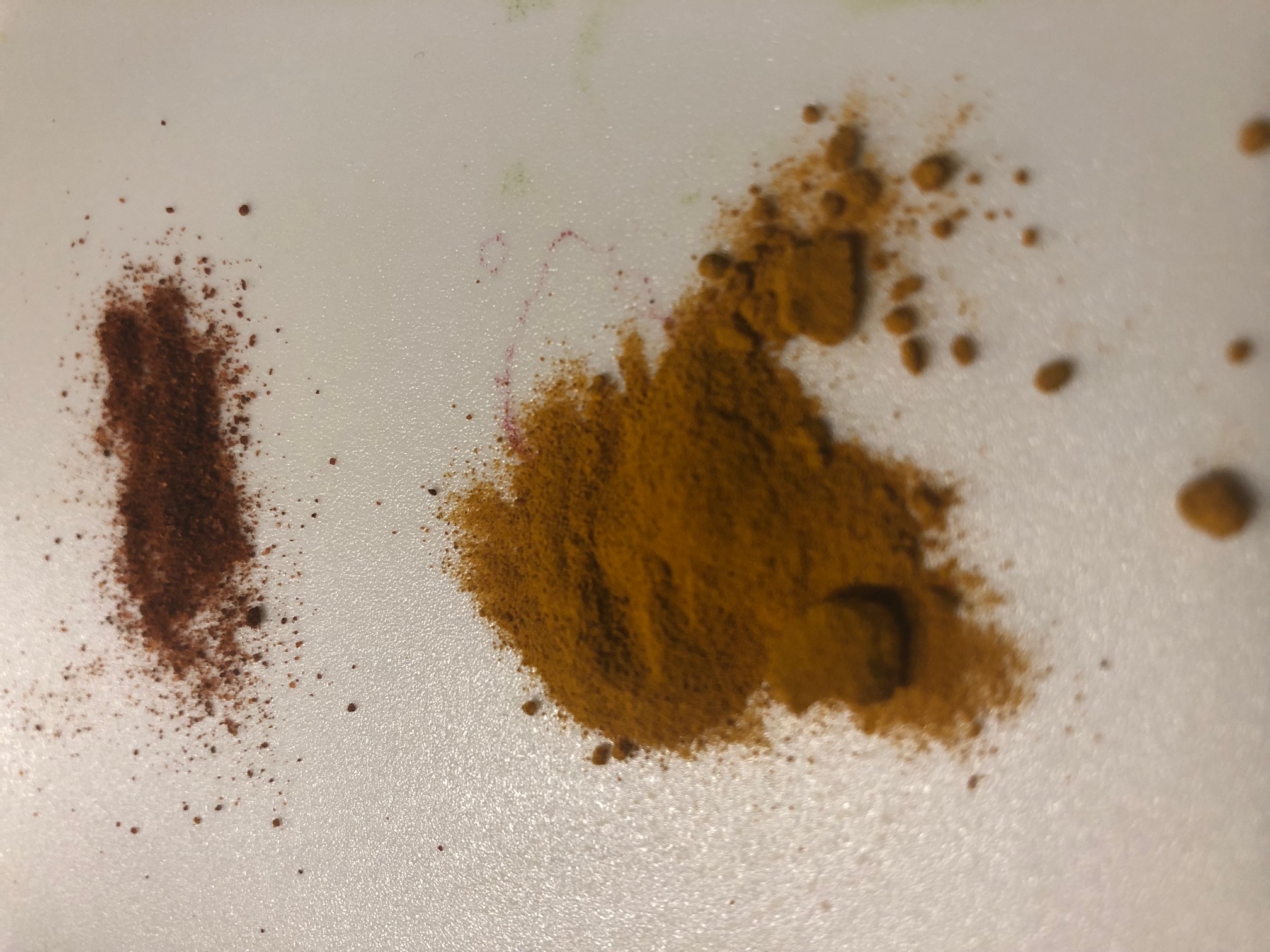Artificial Colors and Dyes – Why Avoid Them in Personal Care and Food Products?
Dec 26th 2019

Perhaps the most famous and troubling issue with “FD&C” artificial colors is the one about the red food coloring. Although the concerning red food dye in question is now no longer in use thanks to being taken off the market, it’s just one example of how artificial colorings can affect the human body. Side effects included potential links to cancer, asthma and allergies, ADD and other troubling health issues.
The red dye in question was reformulated in the eighties. However, there are still lingering doubts about whether this dye (Red 40 specifically) is actually safe and there are some schools of thought that this dye is related to ADD and ADHD. Another dye which goes by the name of yellow 5, along with several others have also been linked to behavioral issues. Related: Avoiding Pore Clogging Petroleum in Skincare Products
All of our products here at Aura Sensory are formulated without any artificial colors or dyes - any color is gained only from the essential oils and other natural ingredients used in our formulations.
Why Dye?
So, why do we even need to color our foods? Is the “real” color of “real” foods really so offensive that we have to load it up with artificial, prettier colors? In a move to please the ever more health conscious breed of consumers, many food companies are now removing artificial colors from their products.
The infamous beloved kid staple Kraft Mac and Cheese is just the latest big, well known product to take the artificial coloring out of their product. Parents of growing children are some of the biggest consumers of safer, more wholesome foods. They are concerned that their kids are being inundated during their crucial developmental years with chemicals that simply aren’t necessary in the food supply.
Food dyes have actually been petitioned by consumer advocate groups to be removed from circulation to no avail. They have already been banned in the EU for safety concerns. So, if you want to really be sure a product is safe, completely avoid any product that has artificial dyes or colors in its ingredients label. Related: Hormone Disruptors in Your Personal Care Products - What to Look For (and Avoid)
Yep, These Artificial Colors Are Also in Your Personal Care Products
We are not just talking about avoiding these dyes in your food, but also equally important is avoiding them in topical skin and body products as well. After all, anything you put on your skin, like the food you put in your mouth, still gets absorbed into the blood stream.
The blood stream is an excellent transport system to all of our vital organs. So, it’s important to try to avoid these artificial colors in your topically applied products as well.
Thankfully, it is a requirement that artificial dyes be listed in the ingredient list for both food and cosmetics/personal care products. These synthetic dyes can usually be found under the name “FD&C”, and they will usually be one of the last ingredients on the label. Many artificial colors are made of 20 or more chemicals to achieve the color they desire.
The more exotic the color, the more likely you are exposing yourself to an even greater chemical cocktail.
You can find these colorants in shampoos, conditioners, lotions, skin care products, soaps and liquid cleansers, toothpastes, mouthwash, astringents (toners), facial skin treatments, deodorants – pretty much anything you’ve ever used on your body or as a hygienic product many times can contain a synthetic dye of some sort.
The coloring agent may be used to simply cover up any discoloration that may come with the aging of the product. Or to simply even out the color of something that’s not visually appealing in its original, non-enhanced form. So the use of artificial colors may not be obvious to the naked eye. That’s where label reading comes in handy.
Artificial Colors – Not Derived from the Most Desirable Ingredients
Synthetic colors may look pretty, but ultimately, they are something you want to stay away from if at all possible – both in your foods and your personal care products. They are sometimes made from a substance called coal tar. Doesn’t sound too healthy, does it?
These substances may even contain heavy metals to achieve their color. Studies performed on animals have actually shown that most artificial colors are carcinogenic. Related: Natural Antibacterial Ingredients
Other common ingredients used in synthetic dyes are petroleum and acetone – both ingredients we expressly avoid in our natural skin care products due to numerous health concerns. Quite simply “fake” colors just aren’t good for the human body.
Natural Colorants
There are some products that can be colored by using natural pigments, such as brightly colored ground spices or root powders. Henna is also a common natural colorant. Annatto powder, turmeric, alkanet and bayberry powder are just a few of the natural plant derived powders that can naturally infuse color into body care products without adding toxic chemicals.
There are thankfully a ton more natural colorings that don’t bear the toxic burden of their artificial counterparts. Nature provides just about every color under the sun, and you thankfully don’t have to look very far nowadays to find products and foods that use natural colorings, if any at all.

